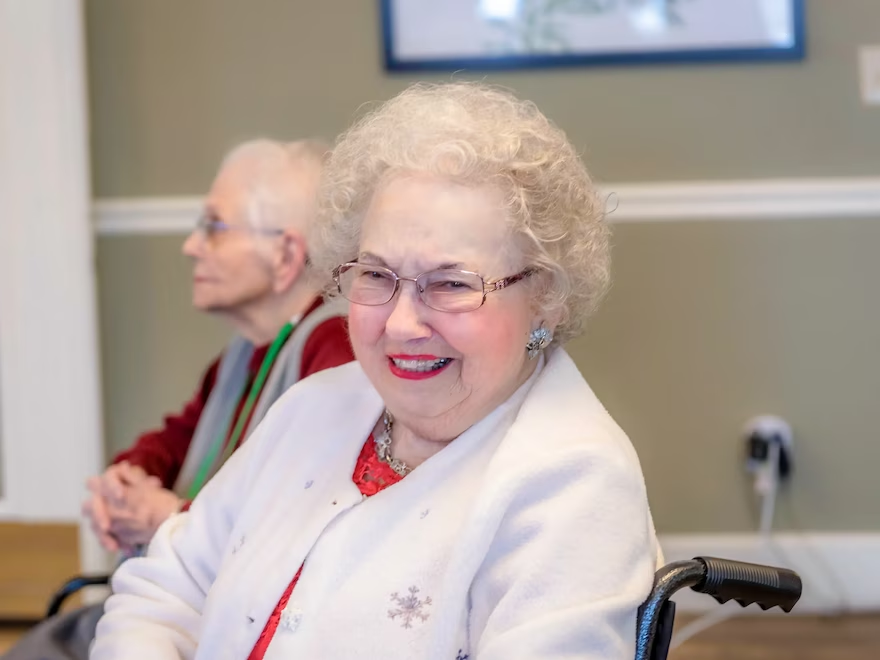Our four Michigan communities are designed to help you preserve your independence while getting the care you need.
Visit a Vibrant Life community near you and lock in our affordable rates today!


Vibrant Life Senior Living locations offer independent living, assisted living, and memory care apartments in a variety of spacious floorplans.
But senior living shouldn't be one-size-fits-all.
When you tour our community, we'll walk you through the different choices and help you determine what's best for you or your loved one.
Schedule VisitNo matter where you live in Lower Michigan, Vibrant Life has a location near you.
Our four communities in Durand, Kalamazoo, Superior Township, and Temperance feature spacious rooms, open community floorplans, and a wide range of amenities.
And the best part? It's surprisingly affordable.
Explore a community near you today to discover why Michigan seniors are choosing Vibrant Life.
My mom has lived here for just about a year and we recently moved my mother in law here as we liked it so much. The staff has always been caring and helpful in regards to taking care of my mom. They always have listened to any concerns we have had and are amazing with the residents and keeping them happy and engaged.- Lisa G.
Vibrant Life is an exceptional assisted senior living facility because of the caring staff! They are all amazing! They really did a great job taking care of my Uncle Art, treating him like family. I'm so pleased with the care that he received there. 5 STARS for all of the staff, thank you!!- Rhonda
We could not have been happier with the treatment my father received. The staff were exceptionally kind, professional, and caring. They exceeded all of our expectations.- A family member
When you read our reviews, you'll hear a lot about the quality of our care and the warm personalities of our long-time staff.
People are often surprised to learn that we're also one of the most affordable senior living options in Lower Michigan.
Visit a community near you to learn about our monthly offers and everyday savings for veterans!
Schedule Visit